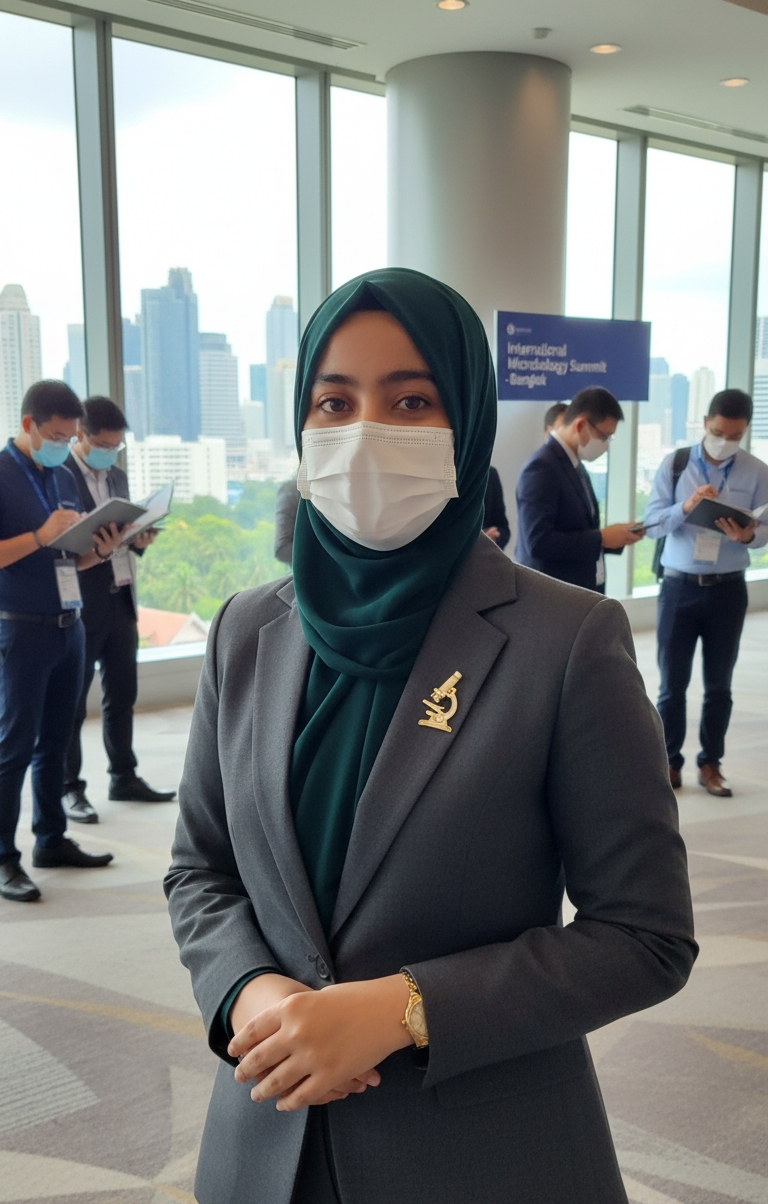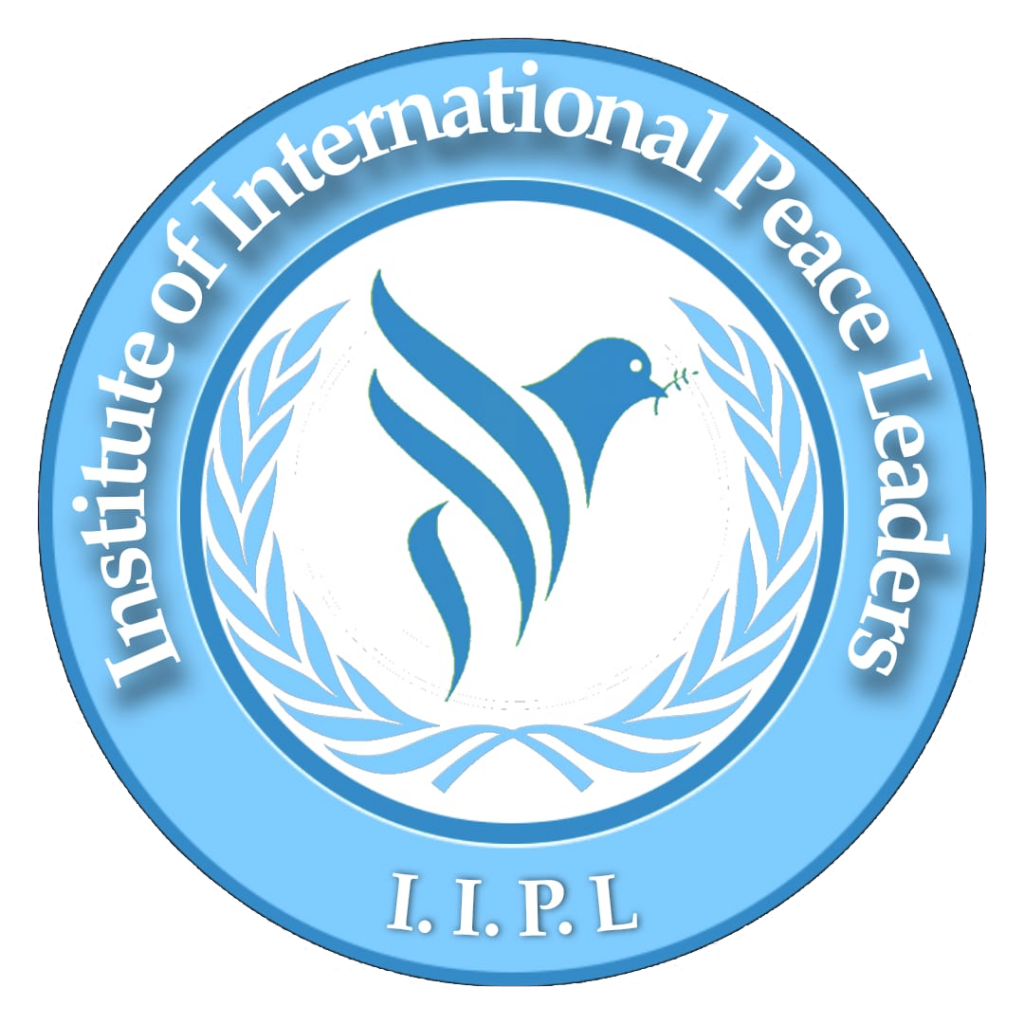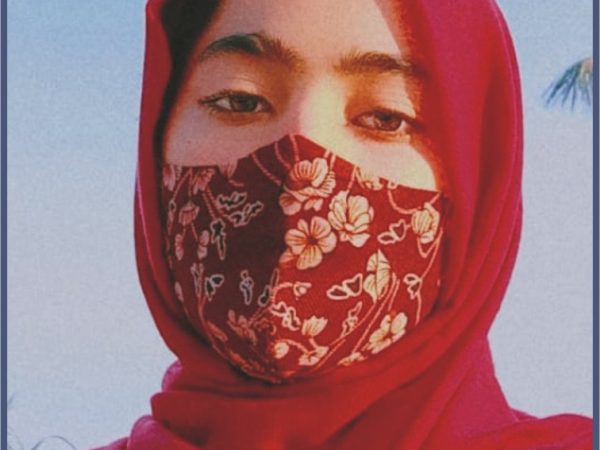Revolutionizing Poultry: Advancements in Pakistan and Worldwide, Innovation, Sustainability, and Health Challenges
Introduction
Poultry farming stands as one of the fastest-growing segments in global agriculture, contributing significantly to food security, employment, and economic stability. In Pakistan alone, the industry feeds over 220 million people and employs millions directly and indirectly. Yet, with rising demand comes growing pressure: antibiotic resistance, environmental degradation, and emerging diseases threaten the very sustainability of poultry systems. As the global poultry industry moves towards smarter, greener, and safer solutions, Pakistan too finds itself at the crossroads of innovation and necessity. This article explores the critical advancements shaping the future of poultry, both globally and in Pakistan, highlighting the role of UV technology, alternatives to antibiotics, and sustainable practices amid growing biosecurity concerns. Poultry farming is no longer just about eggs and meat—it’s about science, sustainability, and survival. As the world grapples with food security, environmental crises, and the rise of antimicrobial resistance, the poultry sector has emerged as both a challenge and an opportunity. In countries like Pakistan, where poultry contributes more than 40% of total meat consumption and supports millions of livelihoods, the sector holds enormous significance. Worldwide, a silent revolution is reshaping poultry production—from smart technologies and antibiotic alternatives to eco-friendly systems and ultraviolet (UV) radiation-based sanitation. Yet, the question remains: Can Pakistan harness these advancements to build a future-proof, disease-resilient, and sustainable poultry sector?The Rise of Ultraviolet Radiation in Poultry Biosecurity
Ultraviolet (UV) radiation, particularly UV-C, is one of the most exciting developments in poultry biosecurity. With a proven ability to inactivate bacteria, viruses, and fungi, UV-C light is being employed in poultry houses, hatcheries, and water lines to reduce pathogen load without chemicals.Global Trends
Countries like the Netherlands, Germany, and the USA have integrated UV systems into hatcheries and air filtration units to control pathogens like Salmonella, E. coli, and avian influenza viruses. UV light is used to:- Disinfect hatching eggs and trays
- Purify drinking water
- Sterilize air ducts and ventilation systems
- Reduce microbial load in feed storage areas
Pakistan’s Emerging Adoption
In Pakistan, UV technology is still in its infancy but gaining traction. A few commercial hatcheries in Punjab and Sindh have started piloting UV disinfection systems in egg incubation and water lines. However, high costs, lack of technical training, and limited awareness restrict widespread adoption. To truly benefit from UV advancements, Pakistan needs targeted government support, technical training for farm managers, and localized manufacturing of affordable UV units.UV Radiation: A New Frontier in Biosecurity
Ultraviolet (UV) radiation, particularly UV-C, is being increasingly adopted in poultry environments worldwide for its potent germicidal properties. It is used in disinfecting hatcheries, water systems, air ducts, and even equipment surfaces. Countries like the Netherlands and Canada have integrated UV into smart poultry housing systems to reduce microbial load without chemicals. In Pakistan, the technology is still in its early stages but gaining attention. Hatcheries in urban centers have begun testing UV systems to combat salmonella, E. coli, and other pathogens without relying on harsh disinfectants. Though the initial costs are high, long-term savings from reduced disease burden and antibiotic usage make UV an attractive investment.Alternatives to Antibiotics: Turning the Tide Against Resistance
One of the biggest controversies in modern poultry is the use of antibiotics for growth promotion and disease prevention. Overuse has led to antimicrobial resistance (AMR)—a global threat now recognized by the WHO and FAO.Global Shift Away from Antibiotics
European countries have banned antibiotic growth promoters (AGPs) and transitioned to natural alternatives such as:- Probiotics & prebiotics– Improve gut health and immunity
- Phytogenics– Herbal compounds like oregano, thyme, neem
- Organic acids– Maintain gut pH and prevent pathogen growth
- Enzymes & essential oils– Enhance digestion and disease resistance
Pakistan’s Response
While AGPs are still widely used in Pakistan, especially in broiler production, awareness is rising. Several leading poultry farms and feed mills are testing herbal extracts like garlic, turmeric, and neem—traditional remedies now being refined into commercial additives. The National Veterinary Lab and various universities are running trials on local alternatives. The major challenges are:- Lack of regulation and enforcement on AGP use
- Poor farmer awareness
- Limited commercial availability of certified antibiotic alternatives
Alternatives to Antibiotics: A Shift in Paradigm
The overuse of antibiotics in poultry for growth promotion and disease prevention has led to dangerous levels of antimicrobial resistance (AMR), affecting both animal and human health. Recognizing this, many countries have banned antibiotic growth promoters (AGPs), turning to safer alternatives such as:- Probiotics and prebiotics: Supporting gut flora and enhancing immunity.
- Phytogenics (herbal extracts): Like neem, garlic, and turmeric, commonly used in Pakistan for their antimicrobial properties.
- Organic acids: Regulate gut pH and reduce pathogen load.
Global vs. Pakistani Poultry Systems: A Comparative Landscape
To fully understand Pakistan’s progress, it’s essential to examine how its poultry systems compare globally in terms of innovation, infrastructure, and resilience.| Aspect | Global Systems | Pakistan |
| Farming Type | Automated, climate-controlled, vertical integration | Mixed: commercial, semi-intensive, backyard |
| Biosecurity | Highly regulated, monitored, data-driven | Inconsistent; stronger in commercial sector only |
| Use of Tech | IoT, AI, drones for monitoring, smart feeding | Limited; mostly manual |
| Waste Management | Biogas, composting, circular farming | Poor in rural areas; improving in commercial farms |
| Training & Education | Advanced vet and tech training for farmers | Limited outreach beyond urban centers |
| Regulation | Strict antibiotic and welfare laws | Weak enforcement, fragmented policies |
Global vs. Pakistani Poultry Systems: A Comparative Insight
Globally, poultry production is shifting towards precision farming — integrating IoT, climate control, automated feeding, and disease monitoring through AI. In contrast, Pakistan still relies heavily on conventional and semi-intensive systems, especially in rural areas. Challenges such as inconsistent electricity supply, limited veterinary access, and poor regulatory enforcement slow down the adoption of advanced practices. That said, Pakistan’s poultry sector is not without innovation. The use of solar-powered incubators, community training programs, and government subsidies on environment-friendly housing materials have shown promise in narrowing the gap.Challenges Hindering Poultry Advancement in Pakistan
Despite evident potential, the Pakistani poultry sector faces serious challenges that limit growth and innovation:a) Inadequate Disease Surveillance
Disease outbreaks like Newcastle Disease and Avian Influenza continue to cause massive economic losses. Surveillance is reactive, not preventive, and lacks real-time diagnostics.b) Lack of Trained Manpower
Most farmworkers operate without formal training in biosecurity, animal welfare, or modern practices. Vet-doctor-to-farm ratios are extremely low, especially in rural areas.c) High Input Costs
Feed, medicine, and energy costs are rising, making profitability volatile. The lack of locally produced feed additives or UV systems increases dependence on imports.d) Policy Gaps
There is no unified national poultry policy to regulate antibiotic use, enforce welfare standards, or promote sustainable technologies. Various departments work in silos, delaying innovation.Sustainability and Eco-Friendly Farming: The Way Forward
Poultry farming has long been associated with environmental concerns — from ammonia emissions and water waste to feed overuse and deforestation. In response, the global industry is leaning into sustainable solutions:- Manure-to-biogas systems
- Insect-based protein feed
- Renewable energy farms
- Recycled bedding material
Eco-Friendly Sustainability: A Necessity, Not a Choice
As climate change escalates, poultry farming must move beyond profits to sustainability. The environmental impact of conventional poultry systems includes:- Water pollution from untreated manure
- Methane and ammonia emissions
- Overuse of land and feed grains
- Poor energy efficiency
Global Sustainable Solutions
Across Europe and North America, farms are becoming green:- Biogas unitsconvert poultry litter into clean energy
- Solar-powered poultry housesreduce grid dependence
- Precision feedingminimizes waste
- Insect protein feedis being introduced to reduce pressure on soy and fishmeal
Green Shoots in Pakistan
While still limited, some positive examples are emerging:- Poultry farms in Punjab are piloting biogas digestersusing chicken manure
- NGOs in Khyber Pakhtunkhwa are promoting solar-powered chicken coops
- Some hatcheries are experimenting with rainwater harvesting systems
Disease Risks: A Persistent Threat
High-density farming, climate change, and poor biosecurity practices have heightened the risk of disease outbreaks such as avian influenza, Newcastle disease, and infectious bronchitis. In Pakistan, where thousands of smallholder farms operate with minimal regulation, disease spread is a persistent threat. The global response includes early-detection sensors, AI-based health monitoring, and DNA vaccines. Pakistan has made progress in vaccination drives and awareness campaigns, but rural outreach remains insufficient. Strengthening veterinary infrastructure, promoting active surveillance, and providing real-time disease tracking systems can greatly reduce future outbreaks. The poultry sector is undergoing a transformative era, driven by the dual demands of productivity and sustainability. Innovations such as UV sterilization, antibiotic alternatives, and climate-smart systems are no longer optional—they are essential. While Pakistan faces challenges in infrastructure, education, and affordability, it also holds untapped potential. Public-private partnerships, government support, and farmer training can catalyze a new chapter for Pakistan’s poultry industry — one that is globally competitive, environmentally responsible, and resilient against disease threats. The future of poultry, both in Pakistan and worldwide, lies not in choosing between profit and sustainability, but in designing systems where both can thrive side by side. The Threat of Disease Spread: A Looming Danger High-density farming environments, weak biosecurity, and climatic fluctuations increase the risk of zoonotic and avian diseases.Common Poultry Diseases in Pakistan:
- Newcastle Disease (ND)– Highly contagious and deadly
- Infectious Bronchitis (IB)– Causes respiratory stress
- Avian Influenza (AI)– With zoonotic potential
- Salmonella & E. coli– Food safety concerns
Global Solutions Being Adopted:
- AI-based disease detection systemsfor early intervention
- Vaccines with gene-editing technologyfor broader coverage
- Block-chain trackingfor disease traceability
- Farm-level health appsfor real-time bird monitoring
Pakistan’s Path Forward:
The government has taken steps by introducing mandatory vaccination zones and early warning systems, but rural outreach remains weak. Mobile vet clinics, subsidized vaccinations, and data-driven farm tracking could help prevent future epidemics.Conclusion: Toward a Poultry Sector that Feeds the Future
The poultry industry is no longer just about feeding people—it is about feeding the future. Whether through the sterilizing power of UV radiation, the healing strength of herbal antibiotics, or the promise of eco-friendly energy systems, innovation is redefining what poultry can be. Pakistan stands at a critical juncture. The potential is undeniable, the farmer base is eager, and the need is urgent. But innovation alone is not enough. The transition to a smart, sustainable, and health-conscious poultry sector will require:- Strong government policy and enforcement
- Industry investment in research and training
- Local development of affordable technologies
- Farmer education and support programs
Author
-

Qurat-ul-Ain is a multifaceted leader, Microbiologist, and CEO of Q Art Studio, blending science and art to drive social change.
-
Leadership: National Youth Leader (IIPL) and Ambassador for the International Diplomat Conference 2025.
-
Science & Literature: Researcher with 15+ articles, Medical Book Editor, and published poet/author.
-
Key Engagements: Speaker at ANSO-PAS, AASA-PAS, and NEXUS Summit LUMS on climate and leadership.
-
Awards: Recipient of the Peace Ambassador Award (Azerbaijan), SDGs National Award, and 100 Young Influencers recognition.
-
Mission: A motivational speaker and counselor dedicated to empowering women, promoting education, and pursuing advanced microbial research.
-

